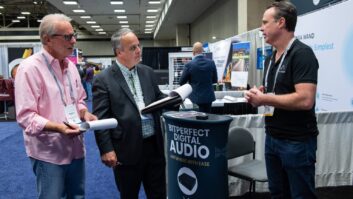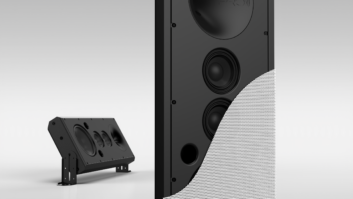Montreal Canada-based video enhancement technology developer Algolith (booth 375) is using CEDIA Expo to show its new Dragonfly Home Theater Processor/Scaler that employs Silicon Optix’ Realta HQV video processing technology.
The unit will up-scale, de-interlace and cadence-correct all video signals from 480i to 1,080p, the company said.
The company will also introduce its Flea HDMI digital video enhancer ($995 suggested retail), which is designed to enhance and transmit uncompressed standard and high-definition video images being shipped from an HDMI-equipped source component to an HDMI-equipped display.
The Flea HDMI reduces noise and artifacts — such as “mosquito noise” — introduced by compressed digital video signals from such sources as DVDs, satellites, digital cable, PVRs and Home Theater PCs. The device is especially efficient when used with new large-screen digital displays and projectors that magnify image artifacts.
Meanwhile, the Dragonfly, which includes a remote control, is shipping now to authorized dealers at a $2,995 suggested retail, with optional noise reduction and SDI input options available at an additional $495 each.
Key features in the product include True 1,080i to 1,080p de-interlacing capability, which uses the full four-field processing window for HD video de-interlacing and cadence detection. This is said to preserve the details in HD imagery, instead of discarding half the resolution of HD images as is done by conventional image processors.
A true 10-bit diagonal interpolator removes “jaggy” and “stair-stepping” artifacts from de-interlaced video sources without blurring the image. Optional noise reduction capability reduces the analog and MPEG noise artifacts common in DVD and broadcast sources. This is achieved using a fully automatic adaptive software algorithm that adds a fourth dimension of pixel-by-pixel noise and motion measurement, the company said.
Also included is Automatic Film Mode Cadence Processing, which improves the automatic handling of film and video sources and delivers support for such Vari-Speed cadences as 3:2:3:2:2 that are commonly used for movies broadcast on TV; as well as the 5:5, 6:4, and 8:7 cadences used for animation. Cadence processing ensures viewers are always watching film and video sources in their original formats without losing resolution.













